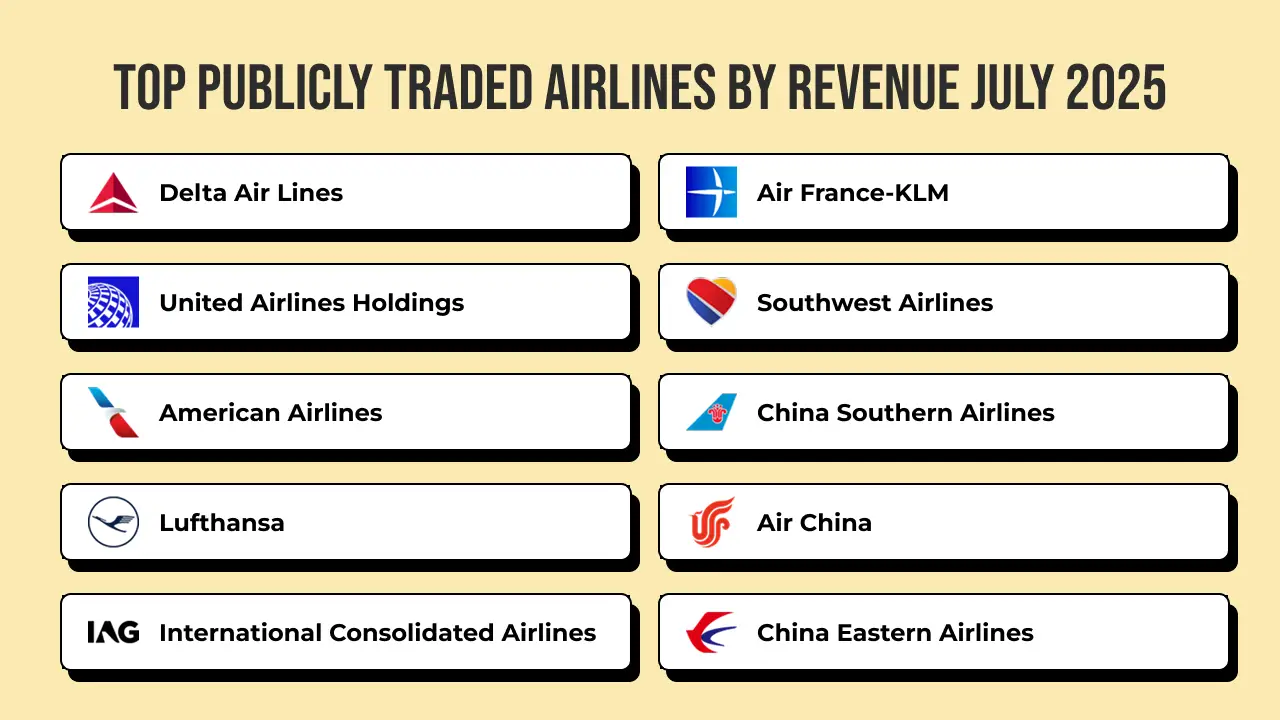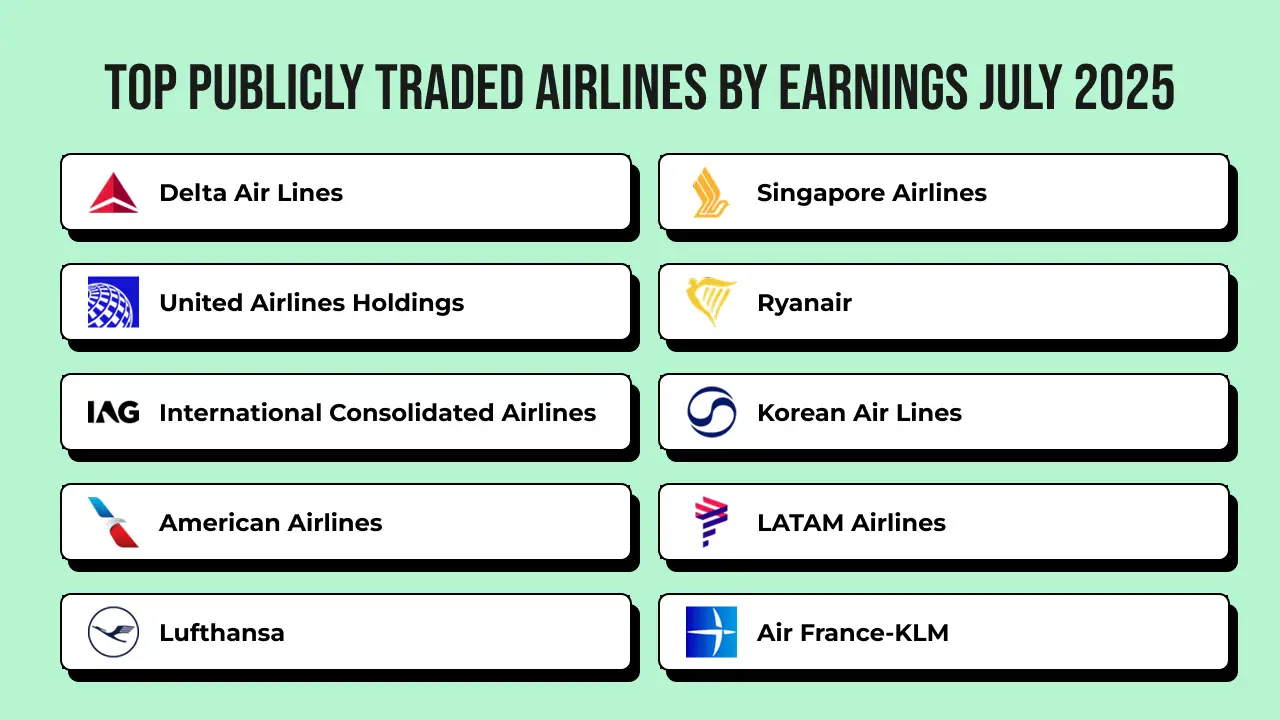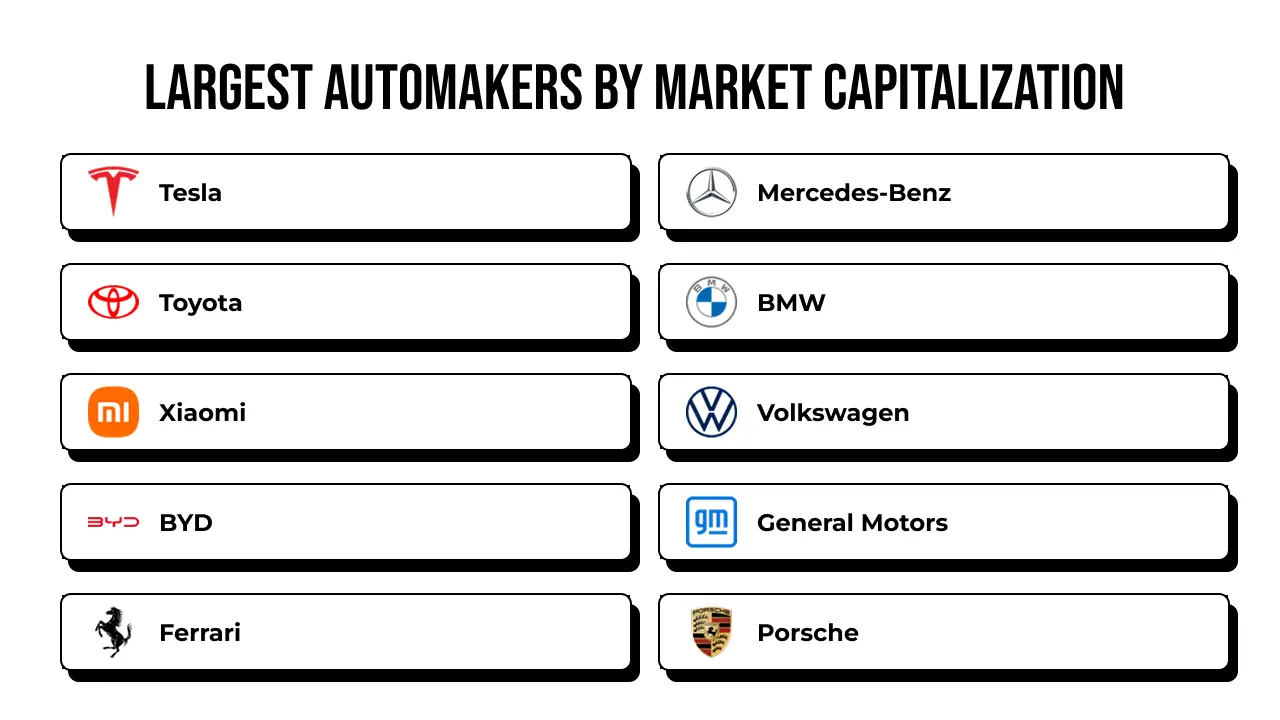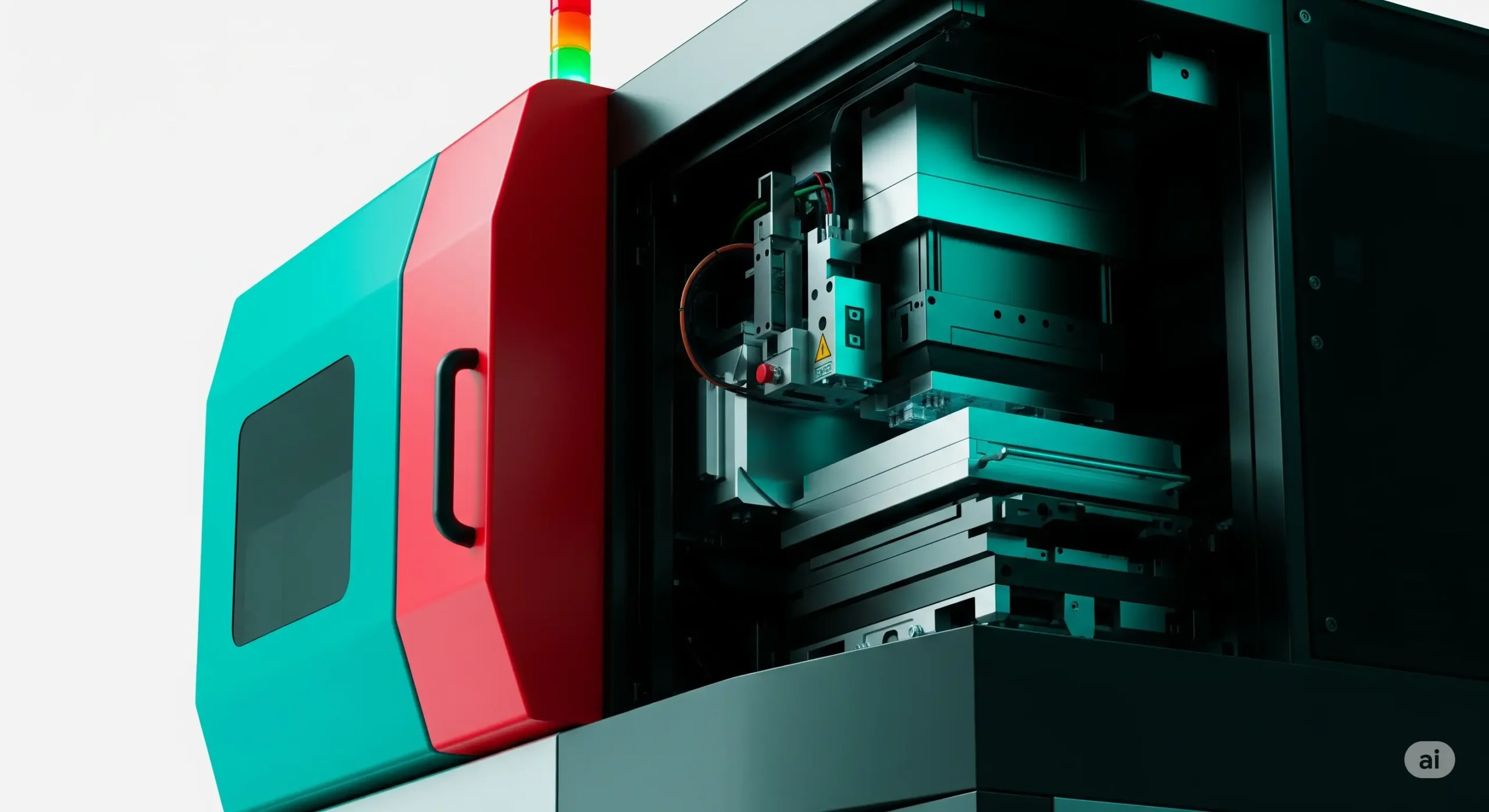I find the global biscuits market fascinating, as it’s projected to grow from USD 94.1 billion in 2022 to USD 141.8 billion by 2030, reflecting a steady compound annual growth rate (CAGR) of 5.3%. This growth is driven by increasing consumer demand for convenient, indulgent snacks and the rising popularity of premium and healthier biscuit options. Urbanization and busy lifestyles have made biscuits a go-to choice for quick snacks, particularly in developing regions where disposable incomes are rising. I’ve noticed that the market is also benefiting from the expansion of e-commerce, which has made biscuits more accessible globally. The demand for portable, shelf-stable foods has further fueled this growth, with manufacturers innovating to cater to evolving consumer tastes. As someone who enjoys analyzing market trends, I see this upward trajectory as a reflection of biscuits’ universal appeal, cutting across age groups and cultures. The market’s resilience, even amidst economic fluctuations, underscores its stability, with consistent demand for both traditional and innovative biscuit products driving revenue.
Looking at the market’s segmentation, I’m struck by how diverse the biscuit category is. The main segments include sweet biscuits, savory biscuits, crackers, and filled biscuits. Among these, sweet biscuits hold the largest share, accounting for roughly 60% of the market, largely due to their widespread popularity as a snack and dessert option. This dominance is fueled by consumer preference for indulgent treats like chocolate-coated or cream-filled biscuits. Savory biscuits and crackers are gaining traction, particularly in health-conscious markets, as they’re often marketed as lower-calorie or protein-rich alternatives. Filled biscuits, like sandwich biscuits, are also growing rapidly, appealing to younger consumers seeking novel flavors. I find it interesting that sweet biscuits maintain their lead despite the rise of health-focused products, showing how indulgence still drives much of the market. The versatility of biscuits allows manufacturers to cater to varied tastes, from traditional recipes to gluten-free or low-sugar options, ensuring broad appeal.
When it comes to the companies shaping this market, I’ve observed that a few giants lead the pack. Major players include Mondelez International, Nestlé, Parle Products, Britannia Industries, and Kellogg’s. Mondelez, with its iconic brands like Oreo and Chips Ahoy!, holds a significant share due to its global reach and strong brand loyalty. Britannia dominates in India, one of the largest biscuit-consuming markets, with products like Good Day and Marie Gold. Parle, another Indian powerhouse, is known for its affordable yet popular Parle-G biscuits. Nestlé and Kellogg’s also compete strongly, particularly in premium and health-oriented segments. I’m impressed by how these companies balance innovation with tradition, constantly launching new flavors while maintaining classic offerings. Their ability to adapt to regional preferences and invest in marketing has cemented their dominance, though smaller, local brands are also carving out niches in specific markets.
Geographically, I’ve noticed that the biscuits market is thriving in several key regions. India stands out as the largest market, driven by its massive population and cultural affinity for biscuits as a tea-time staple. Europe follows closely, with countries like the UK and Germany showing high per capita consumption, especially of premium and artisanal biscuits. The United States is another major player, where biscuits are popular as snacks and breakfast items. China and Brazil are emerging as significant markets, fueled by urbanization and growing middle-class populations. I find it intriguing how regional preferences shape consumption patterns—savory biscuits dominate in Europe, while sweet biscuits are more popular in Asia. These top countries account for a substantial share of global revenue, with India alone contributing nearly 20% of the market, reflecting its critical role in driving growth.
The biscuits market is buzzing with innovation, and I’m excited by the trends shaping its future. Recent advancements include the launch of high-protein biscuits and plant-based options, catering to health-conscious consumers. Trends like functional biscuits, infused with vitamins or probiotics, are gaining traction, as are eco-friendly packaging solutions to address sustainability concerns. I’ve also seen a rise in premium, artisanal biscuits with unique flavors like matcha or salted caramel, appealing to younger, adventurous consumers. The integration of AI in product development, such as optimizing flavor profiles, is another cutting-edge trend. These innovations reflect the industry’s ability to adapt to changing consumer needs, balancing health, indulgence, and sustainability, which I believe will keep the biscuits market dynamic and growing in the years ahead.












